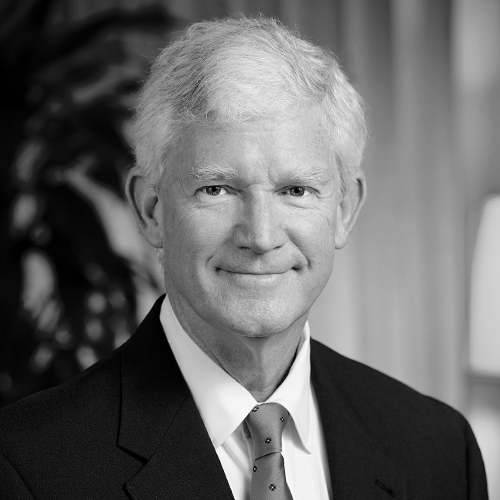Consider the strength of a brick. On its own, a brick is strong and consistent, but its function is limited. It isn’t until the brick is stacked with other bricks that building something significant and lasting is possible.
Iconix Brand Group, a licensing and brand management company overseeing thirty-five brands in five divisions, is staffed with strong and capable individuals, and over the last few years, those professionals have aligned to build a culture of collaboration. Management supports these efforts by encouraging open communication and “outside-the-vacuum” thinking. Jason Schaefer, executive vice president and general counsel, is leading the initiative.
Schaefer wholeheartedly subscribes to the philosophy of collaborative entrepreneurship—the idea that every person takes ownership of their job while constantly considering how their actions will impact others.
Since joining Iconix in September 2013, Schaefer has promoted this thinking by applying it to his legal team. “Everyone on my team has responsibilities that are clearly delineated,” he says, “but they don’t operate in isolation.” Instead, the team is encouraged to remember that a licensing issue could affect the finance department, and a filing issue could affect human resources.
It’s critical that they remember that their team’s work directly affects the business. “As an in-house lawyer, it’s my job to develop excellent communication with my client, Iconix,” says Schaefer. “It’s how we do effective work together every day.”
“My job as a lawyer is to figure out every possible way to make the client’s goals a reality.”
Building the kind of trust required to establish dynamic communication is not always easy. Departments are naturally protective of their work, and even professionals hesitate to step outside of their silos. But Schaefer has found that providing consistent and relevant examples of the mutual benefits of collaboration helps employees adjust to a shift in workplace culture.
As individual teams gain a greater understanding of the needs of others, they begin to more easily identify what’s best for the business as a whole. When everyone is doing what’s best for the whole, there is no need for silos.
As many in-house lawyers will admit, legal teams are often assumed to be roadblocks to business and are not always invited to participate in certain processes. It’s an unfortunate stigma and a challenge that Schaefer and his team have overcome by applying the same tactics of time, consistency, and examples of relevancy in their work together.
“My job as a lawyer is to figure out every possible way to make the client’s goals a reality,” he says. “When people see that we are working toward the same goal, they gain trust and respect.”
Schaefer developed his high standards and his ability to think quickly on his feet while working long hours at Paul, Weiss, Rifkind, Wharton & Garrison shortly after graduating from Brooklyn Law School. He honed his leadership philosophy and his ability to find answers while establishing himself as a young general counsel of a $2 billion dollar private equity firm.
In each career move, he gained a greater appreciation for being meticulously organized, and through these experiences Schaefer cultivated a set of best practices that he upholds at Iconix every day.
4 tips to collaborate better
1. Never be “too busy.” Write down every item and work your way through the list. Accomplishing each item will make you feel confident enough to not be stressed.
2. Before you do anything, ask yourself every possible question.
3. Don’t go to someone else with a question without telling them what you believe the answer should be. Don’t add problems—offer solutions.
4. Keep an open door and open ear. Build confidence in your team so they take ownership of their work and collaborate toward a common goal.
One such practice is to maintain a strict open door policy so everyone—from chief strategy officer to any of his lawyers—can walk into his office at any time and receive his undivided attention. Another is to ask questions from every angle of an issue to find the best solution. Most importantly, his legal team collaborates with the Iconix executive team to get things done—especially in impossible situations.
“If someone says ‘no,’ my goal is to remove the thing that’s causing them to say ‘no,’” he says. All of this demonstrates what’s most important to Schaefer: ensuring that each person is confident that their contribution is valued—that they are a necessary part of the whole.
Leading by example is critical to Schaefer’s leadership philosophy and collaboration strategy, and everything comes back to time, consistency, and relevance. This trifecta builds trust and confidence in employees, which empowers each one to speak up with their own voice. Taking ownership of their work cultivates an entrepreneurial attitude, and all of that creates a culture of effective collaboration.
At Iconix Brand Group, these are the building blocks of a team that successfully works together toward a common goal—a team that will stand strong in the face of adversity, protect and support structure, and maintain its integrity for many years to come.

